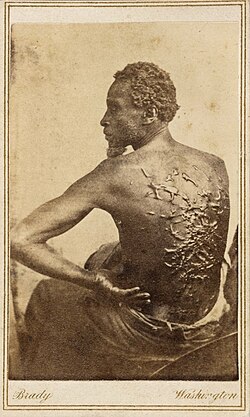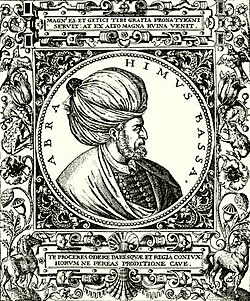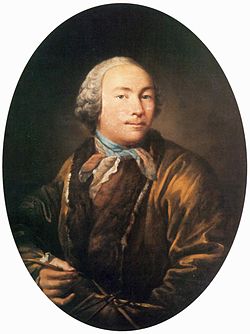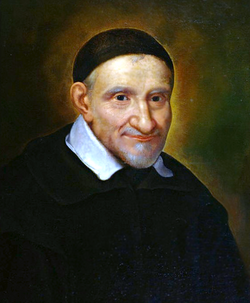This is a dynamic list and may never be able to satisfy particular standards for completeness. You can help by editing the page to add missing items, with references to reliable sources.

Slavery is a social-economic system under which people are enslaved: deprived of personal freedom and forced to perform labor or services without compensation. These people are referred to as slaves, or as enslaved people.
Contents
The following is a list of notable historical people who were enslaved at some point during their lives, in alphabetical order by first name.









































